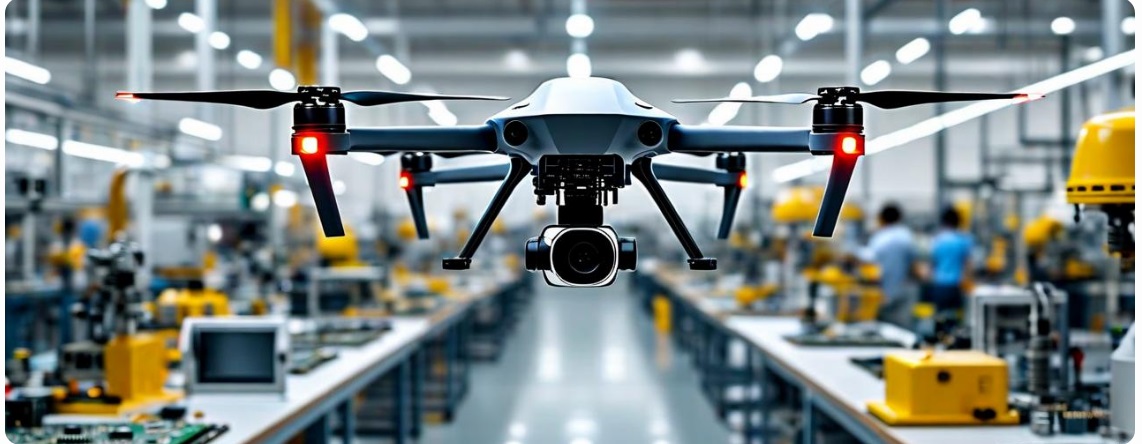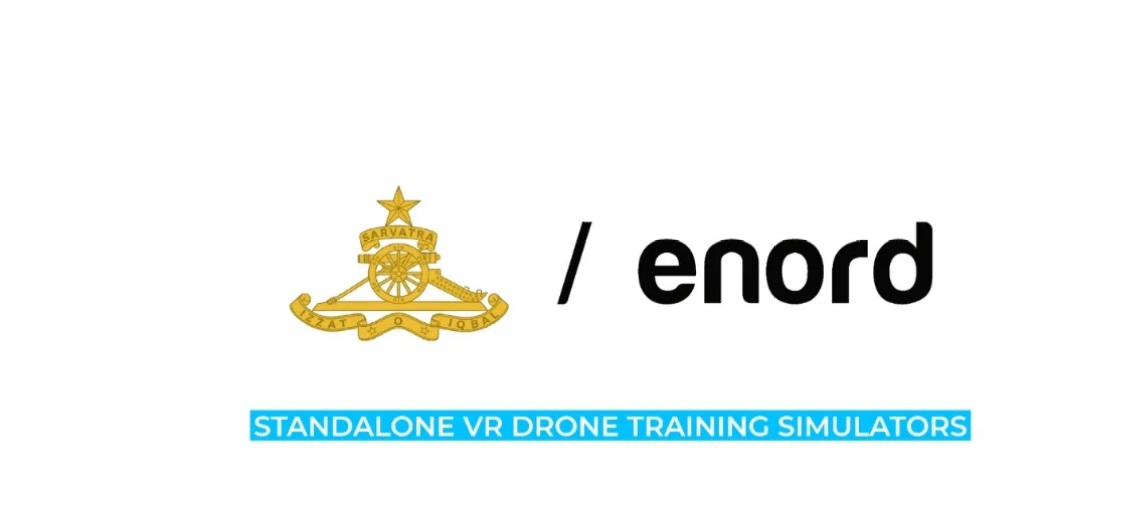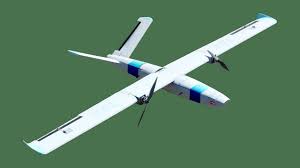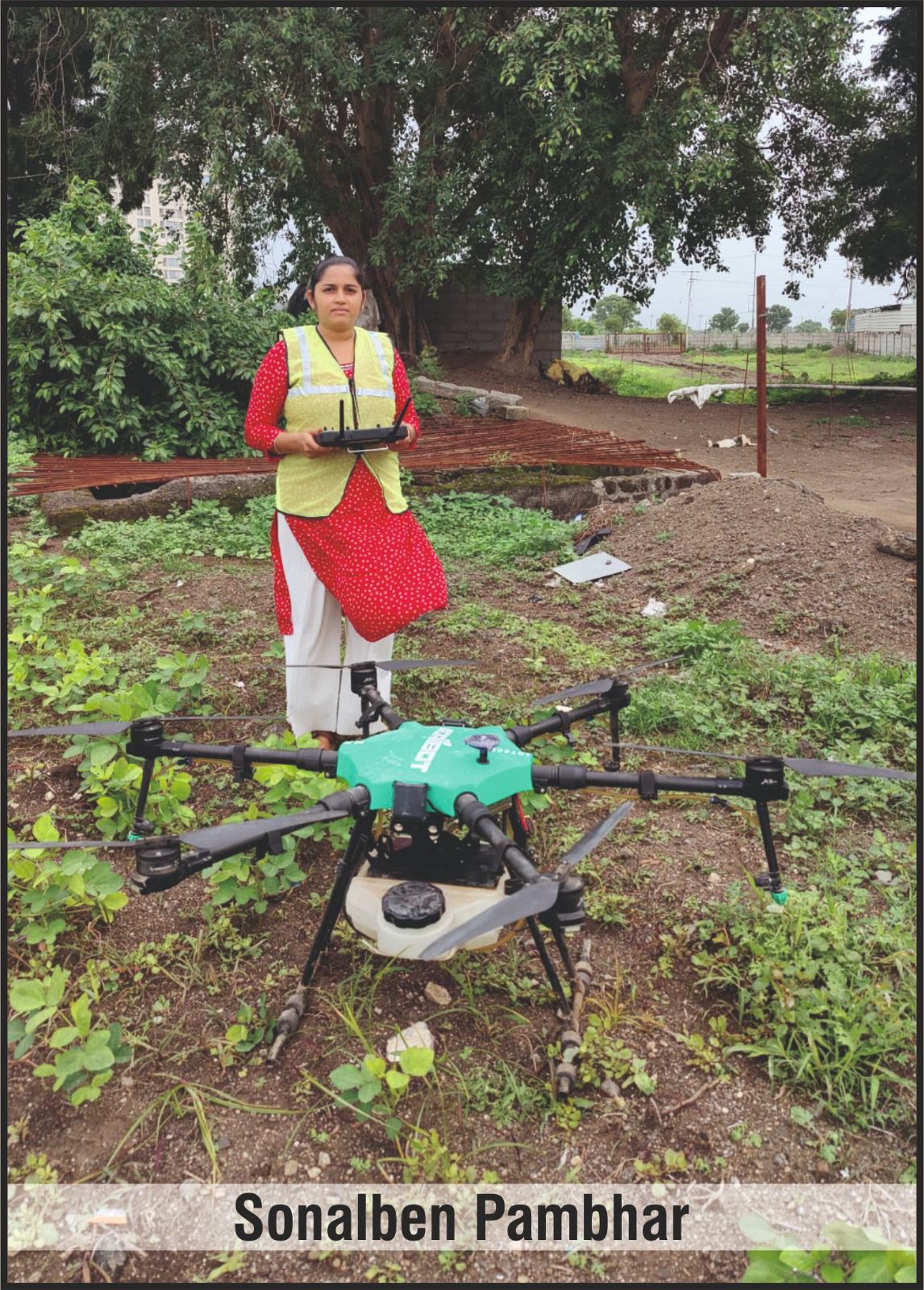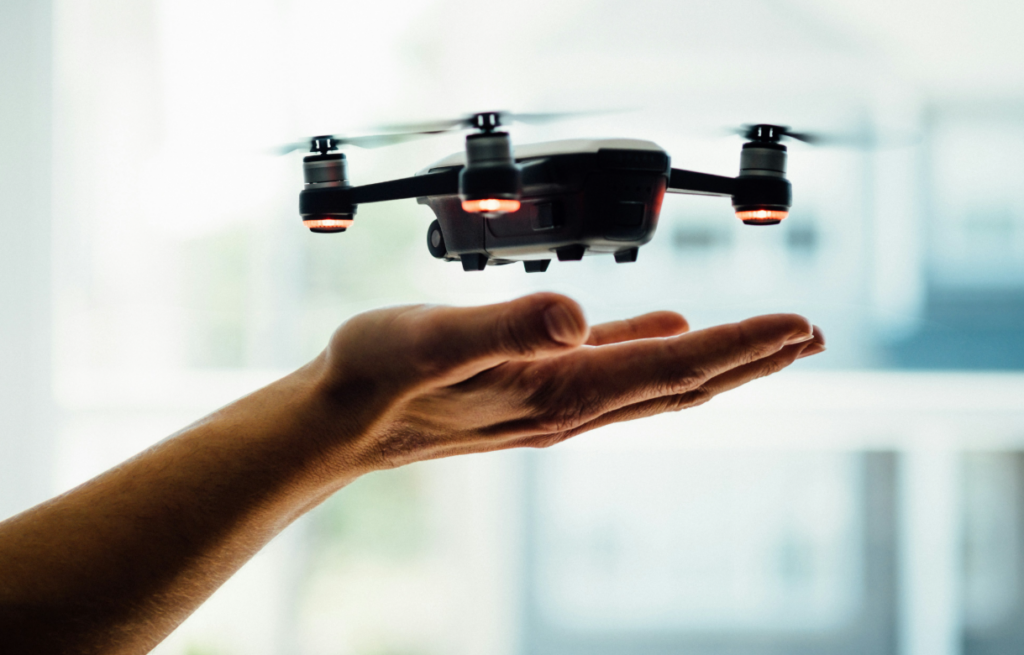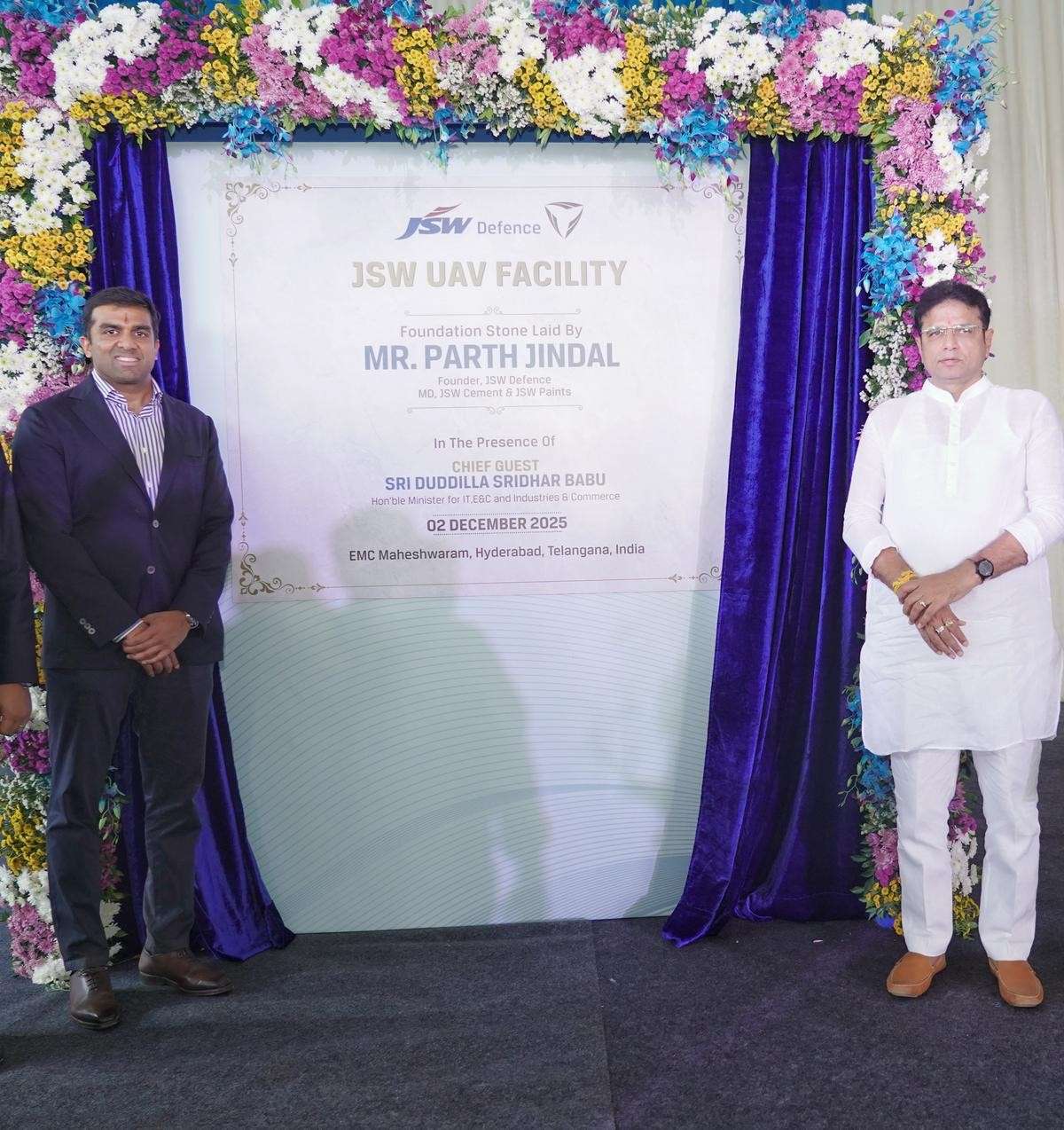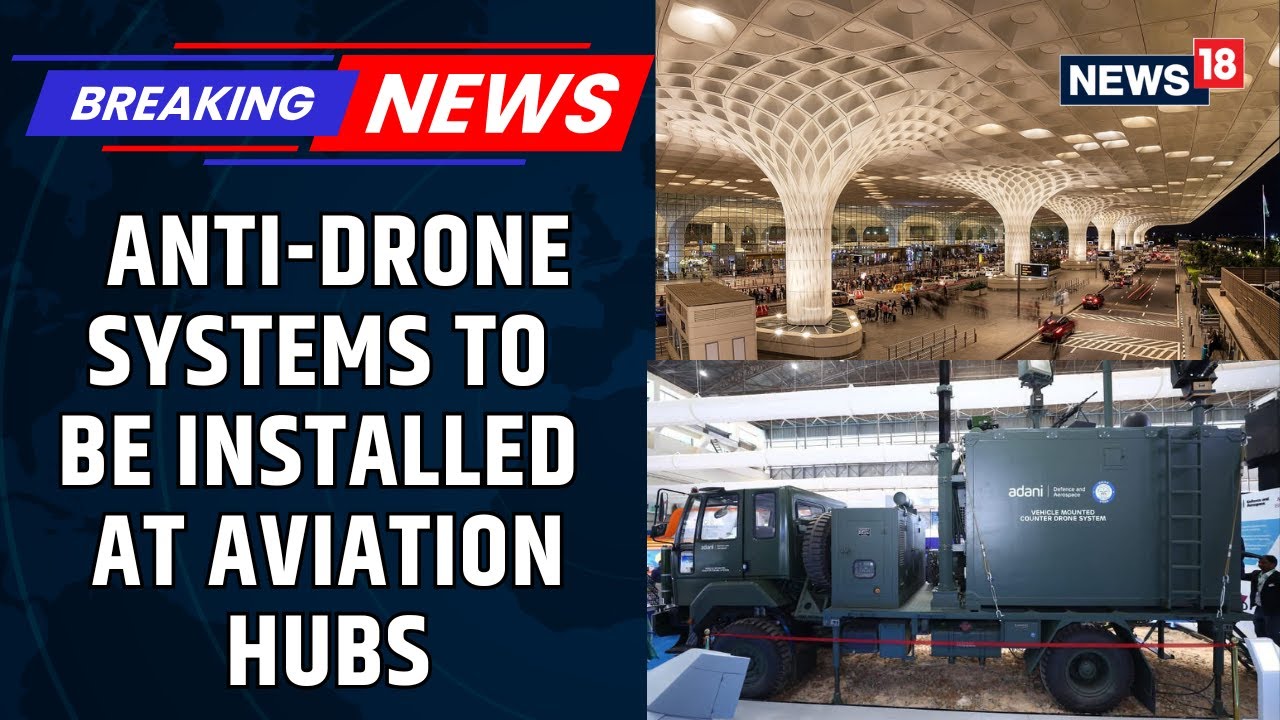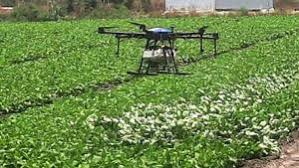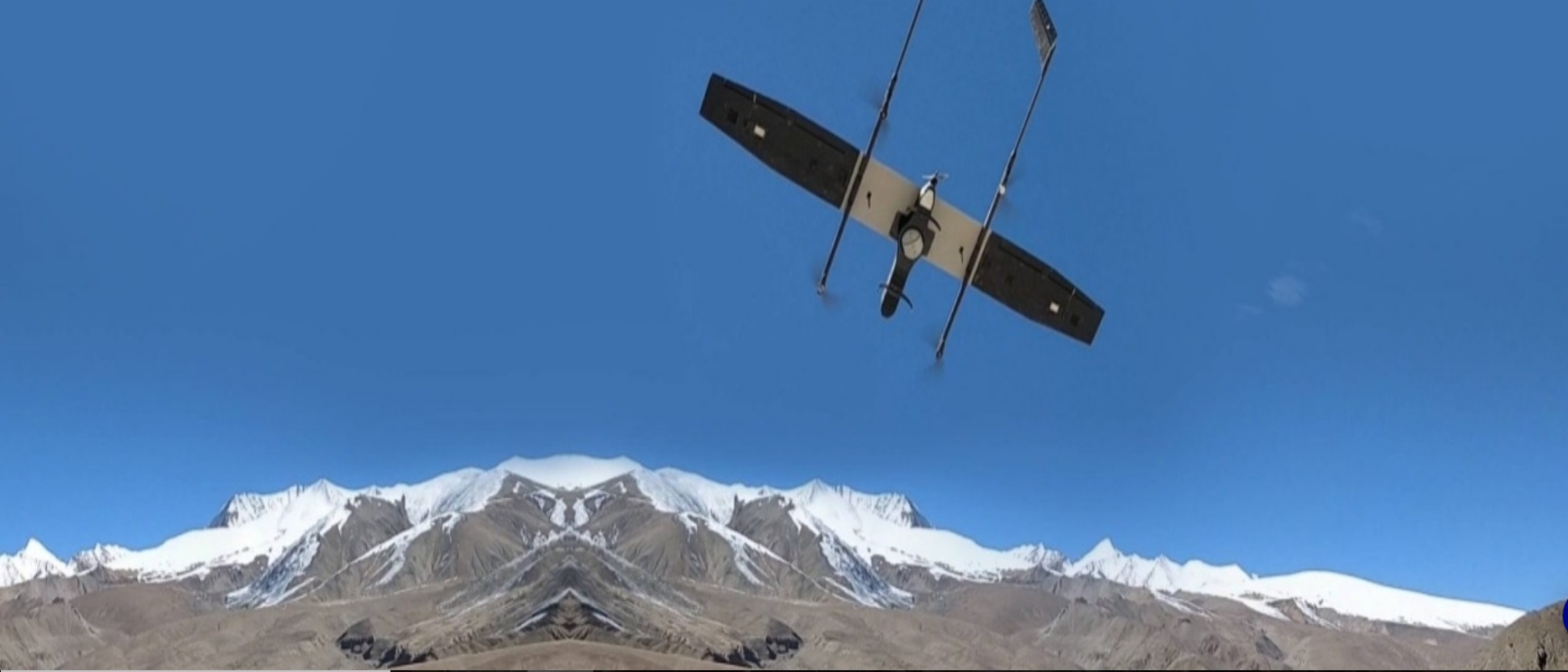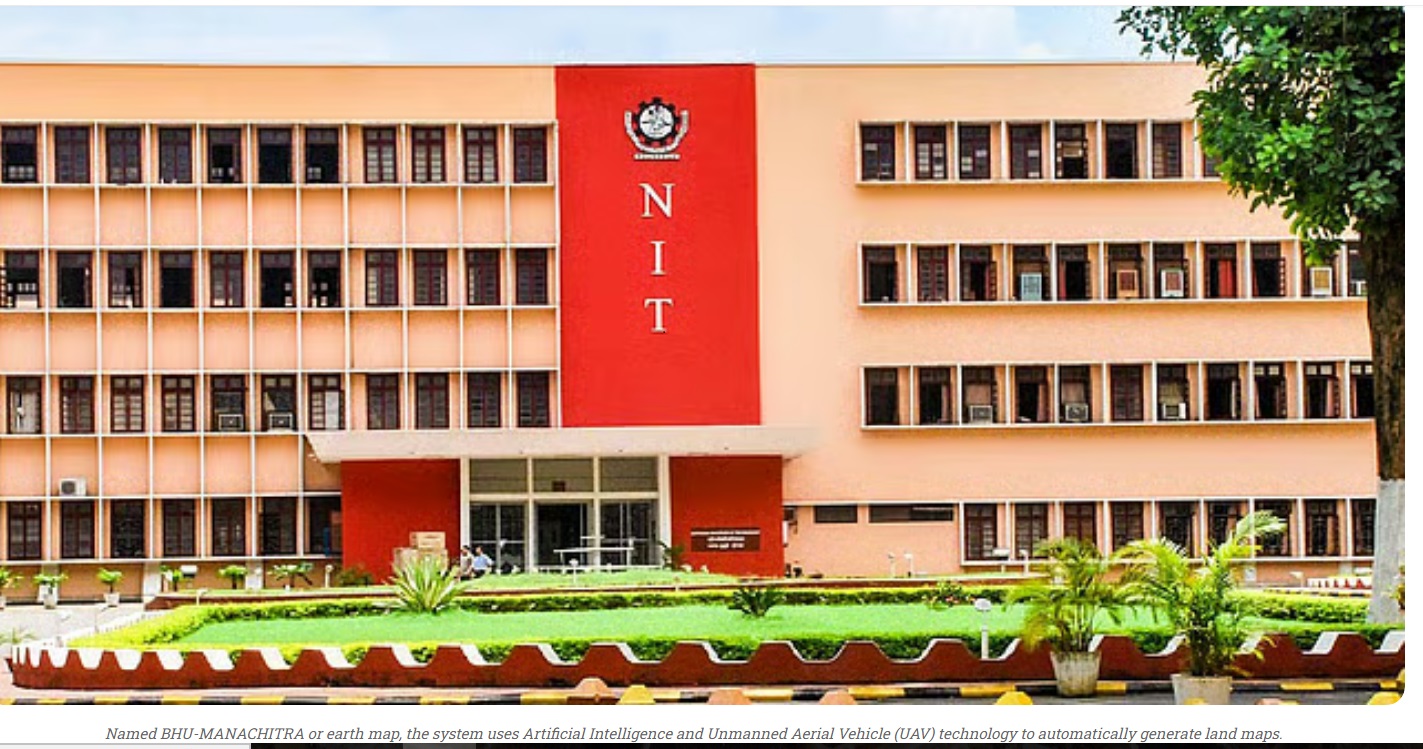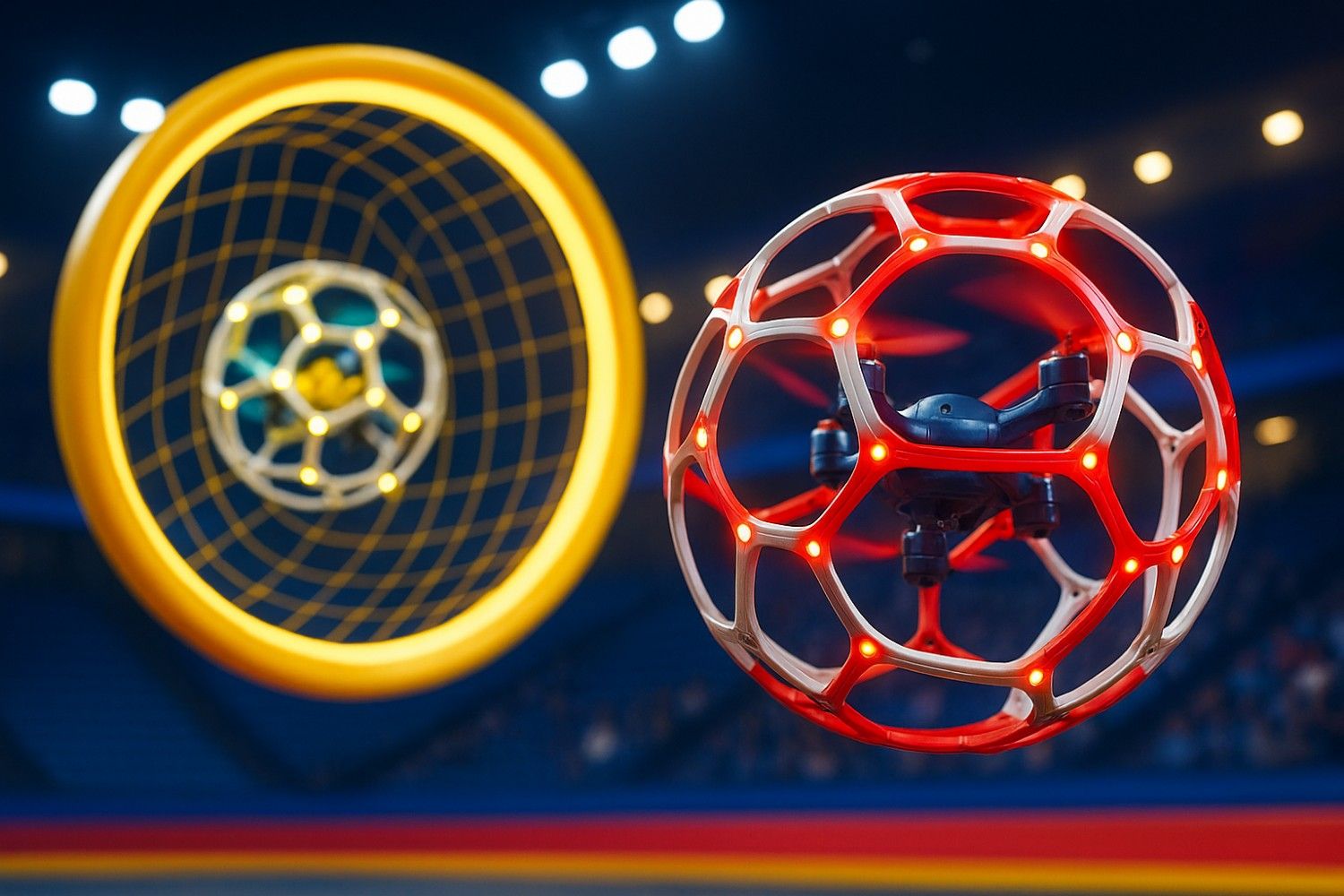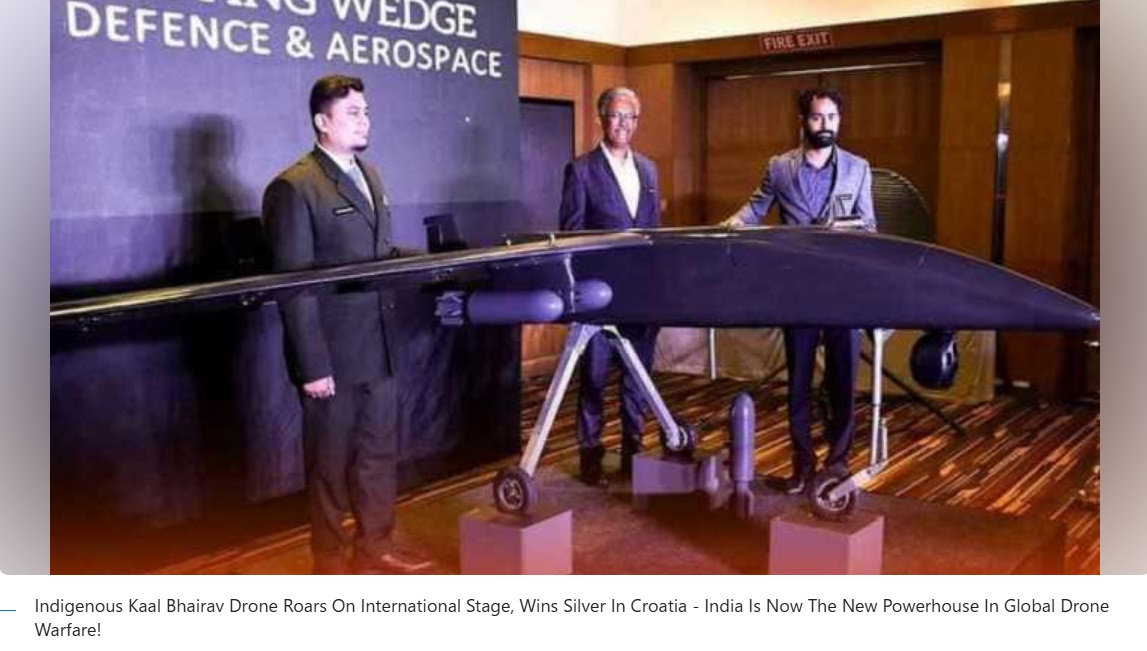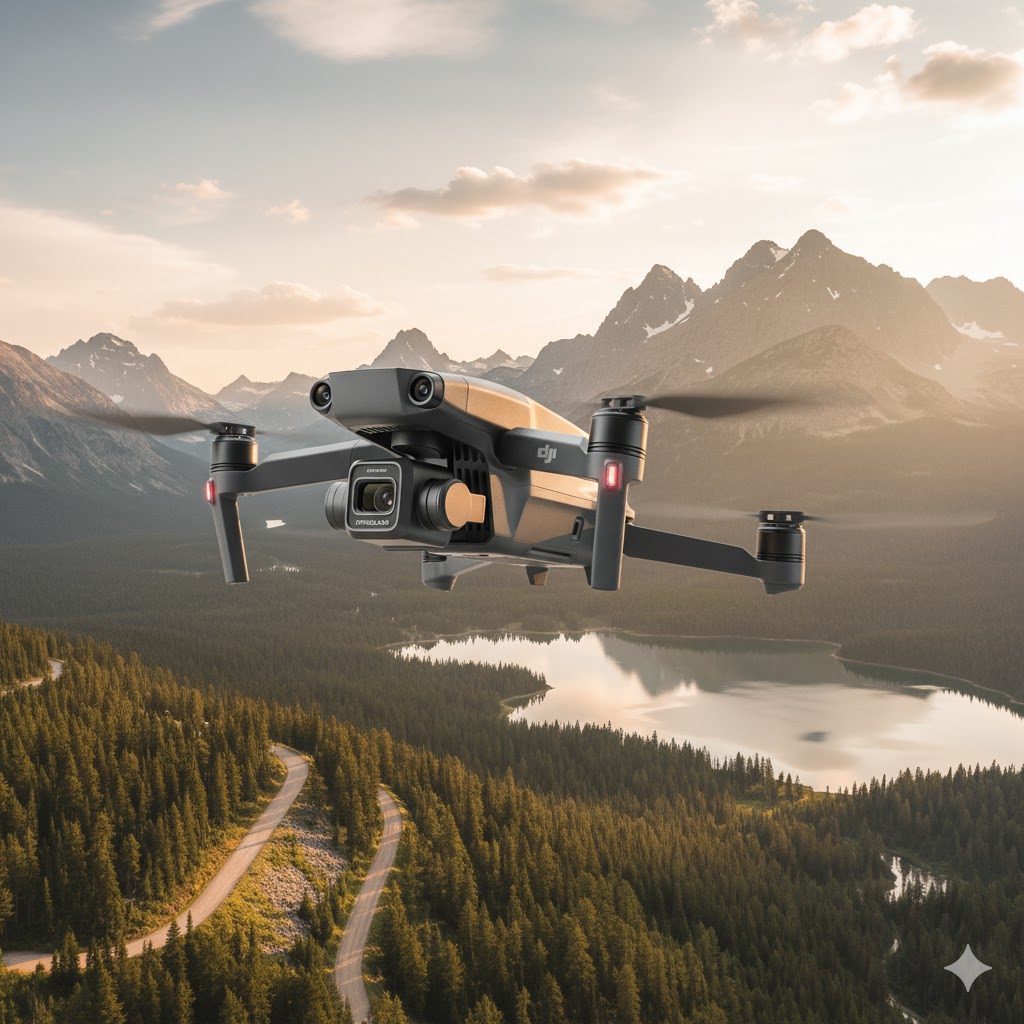Budget 2026 Will Give Drone Shakti a Boost through an Incentive-Based Manufacturing Scheme
The Budget 2026 will announce a manufacturing-focused incentive scheme under the Drone Shakti initiative to accelerate indigenous production of drones through a two-tier subsidy framework, government sources said. “The awareness is to give drone manufacturing the kind of lasting fiscal backing that lets companies invest with certainty, instead of relying only on output-based incentives.” The scheme will mark one of the government’s major multi-year fiscal commitments to the drone industry, emphasizing its intent to position India as a global manufacturing hub for civilian drones. The proposed scheme will run for five years and be aligned with the 16 Finance Commission period, may include a fiscal commitment of about Rs 10,000 crore. The finance ministry has cleared the proposal in principle and will approve spending for the full duration upfront, sources said. Unlike the production-linked incentive scheme for drones and drone components, which is linked to value addition and output, the new proposal combines investment-linked incentives with manufacturing support to help build scale in the industry. Two-tier subsidy structure Under the proposed agenda, the first layer of incentives will offer a 10–15 per cent subsidy on capital spending for setting up drone manufacturing units and related infrastructure, sources said. The support will be subject to conditions, including a minimum turnover threshold and time-bound completion of investments. “The idea is to support capacity creation upfront. Companies will be essential to complete capital investment within a certain period of joining the scheme, so that manufacturing capacity comes on stream quickly,” the source said. The second layer will offer a 10–15 percent subsidy linked to manufacturing output, aimed at making domestically produced drones more cost-competitive against imports. It aims to bridge the pricing gap that Indian manufacturers face, as more than a few critical components are still sourced from abroad. “The manufacturing-linked incentive is meant to help Indian firms compete on price. Without some output support, locally made drones struggle to match imported alternatives,” the source said. Graded incentives, late entry allowed The scheme will include a graded incentive structure for companies that join later. Early entrants may obtain the full benefit. “The incentive will be tapered for late entrants, but they will not be put at a disadvantage. The scheme coverage will remain for the full five-year period,” the source said. Local sourcing norms mandatory To address India’s requirement for imported drone components, the scheme will mandate domestic content requirements of about 50–60 per cent as a main eligibility criterion. Companies that depend heavily on imported components will not be able to benefit from all the benefits. “There was a detailed discussion on domestic content. Local sourcing will be obligatory to guarantee genuine manufacturing, not just assembly,” the source said. While the import of fully built drones is limited, Indian manufacturers continue to depend on imported components such as sensors, avionics and propulsion systems, limiting value addition within the nation. Separate from drone PLI Officials said the planned scheme will run distinctly from the existing drone PLI, which was launched with a smaller expenditure and a focus on value addition rather than upfront investment support. “This is not a replacement for PLI. It is a complementary scheme that identifies the requirement for capital support and scale in a sunrise sector,” the government source said. The Drone Shakti initiative was proclaimed in the Budget 2022–23, as part of the government’s broader push to advance the drone ecosystem. The initiative focused mainly on endorsing drone acceptance and services instead of direct manufacturing subsidies. Under Drone Shakti, the government will encourage the use of drones across sectors, such as agriculture, land records, infrastructure, logistics, and mapping, while supporting drone start-ups and skill development. A key thrust was the promotion of Drone-as-a-Service models, allowing farmers, small businesses and government departments to access drone services without owning the equipment. However, Drone Shakti does not offer direct fiscal incentives for setting up manufacturing facilities. Source: Money Control

